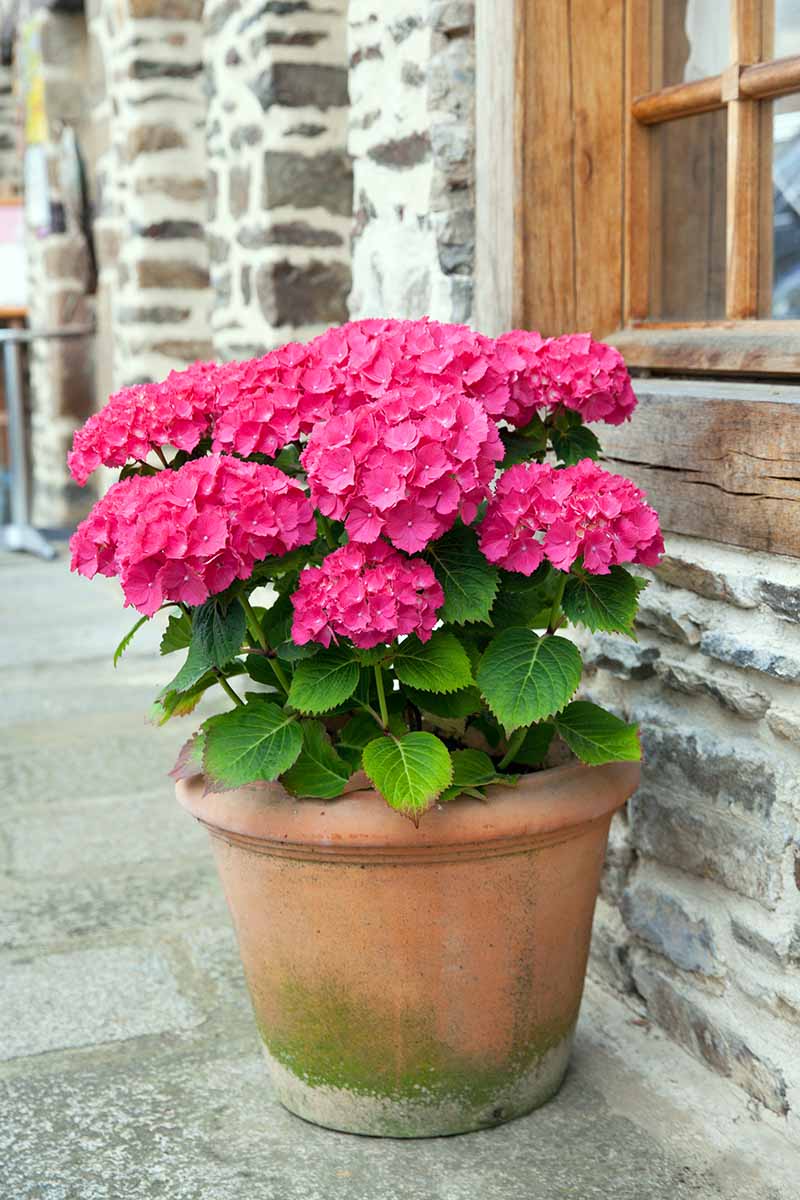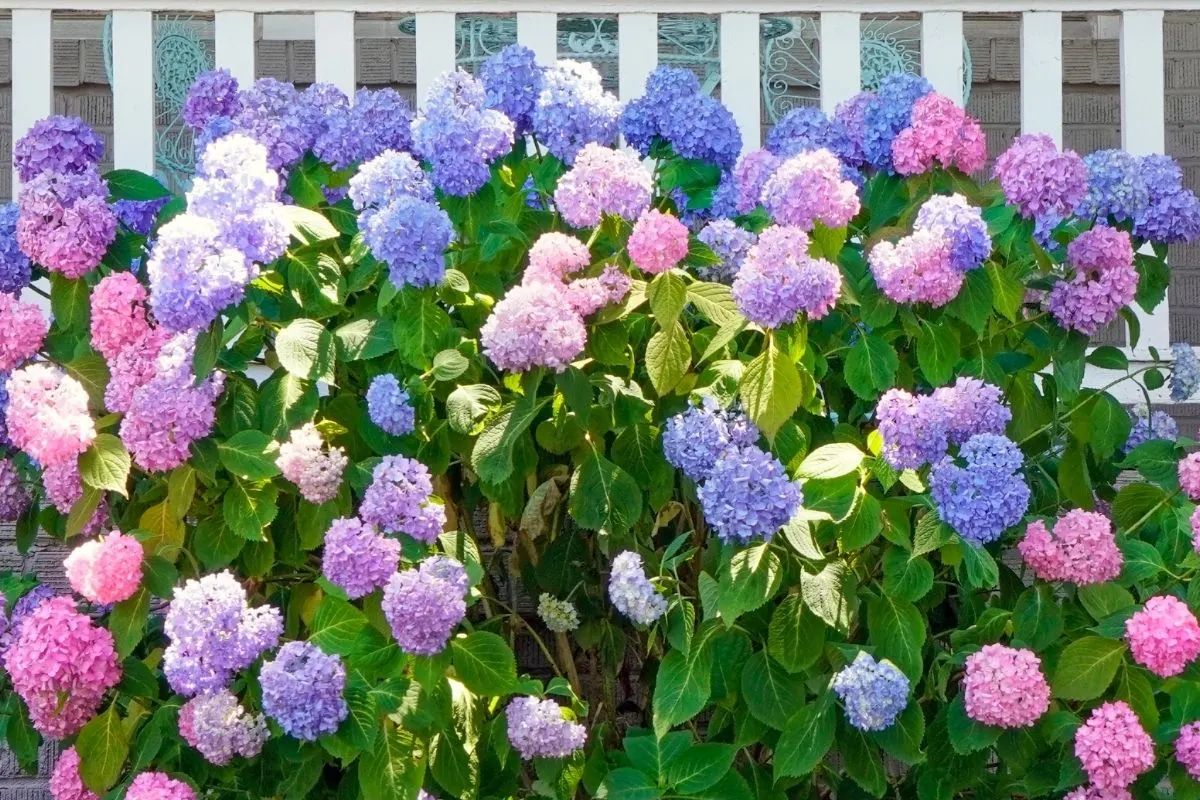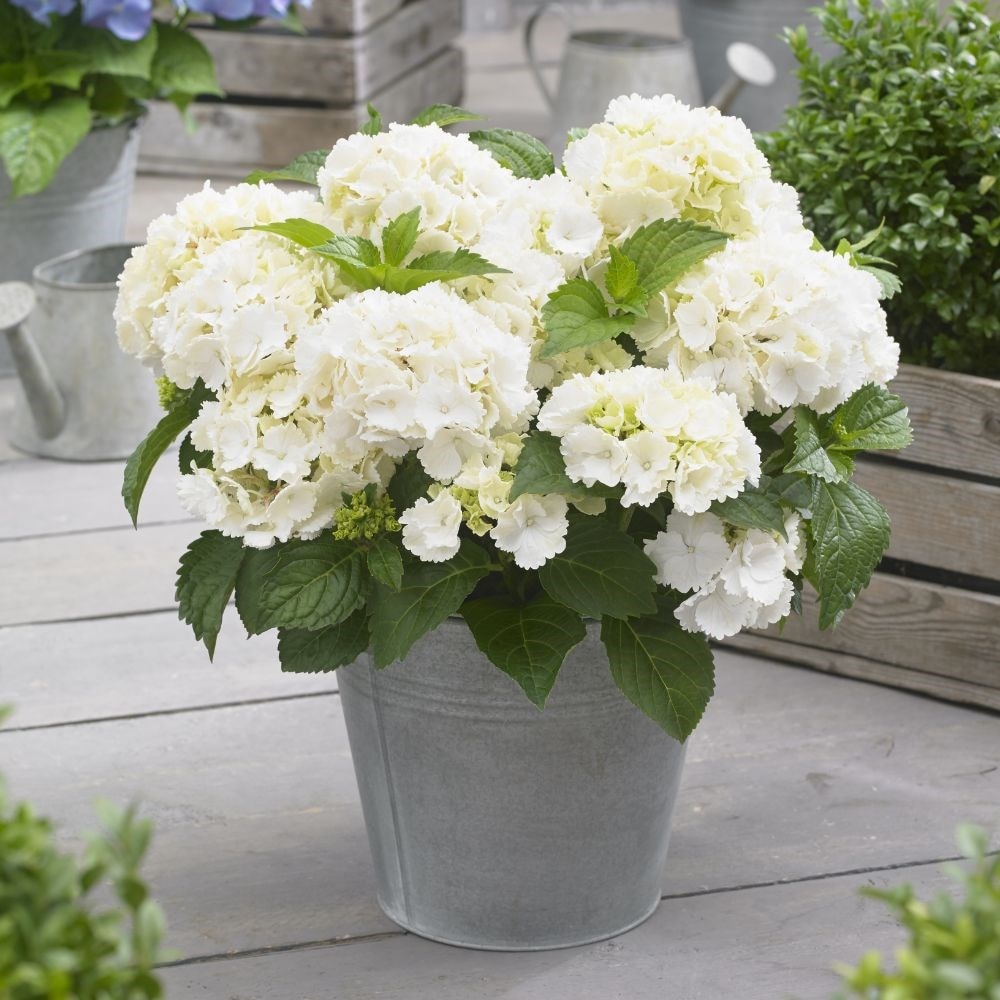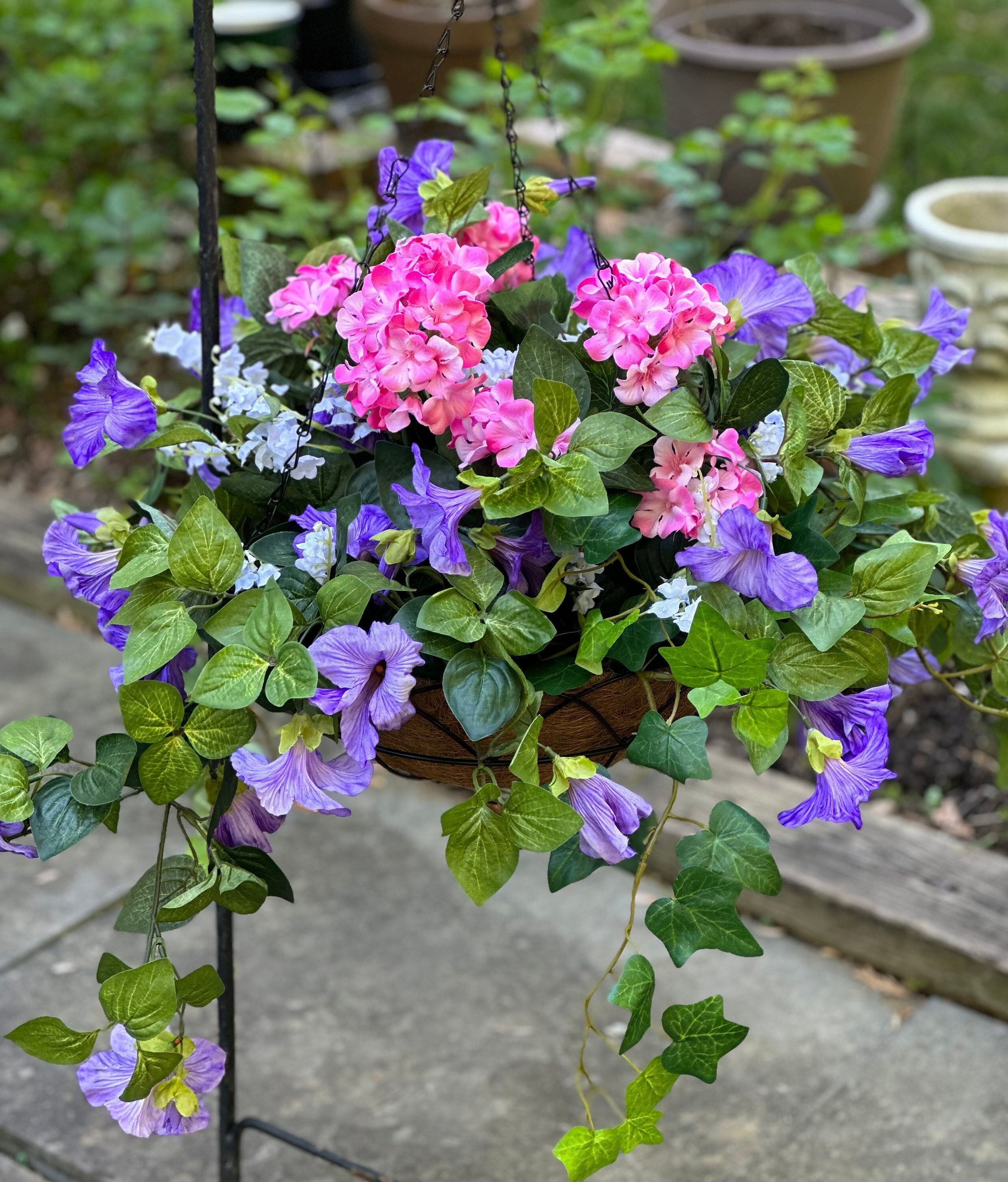Bring The Beauty Of Hydrangeas Indoors
Bring the Beauty of Hydrangeas Indoors
Hydrangeas are some of the most beautiful flowers in the world, and they can add a touch of elegance to any home. But what if you don't have a garden? Or what if you live in a climate where hydrangeas don't thrive?
No problem! You can still enjoy the beauty of hydrangeas indoors. With a little care and attention, you can grow hydrangeas in pots and enjoy their blooms for months to come.
In this blog post, we'll discuss how to bring the beauty of hydrangeas indoors. We'll cover topics such as:
- Choosing the right hydrangea for your home
- Potting and planting hydrangeas
- Caring for hydrangeas indoors
- Troubleshooting common hydrangea problems
So whether you're a seasoned gardener or a beginner, read on for everything you need to know about growing hydrangeas indoors.
Choosing the Right Hydrangea
There are many different types of hydrangeas, so it's important to choose one that is well-suited for indoor growing. Some good choices include:
- Bigleaf hydrangeas (Hydrangea macrophylla): These hydrangeas are known for their large, showy blooms. They come in a variety of colors, including blue, pink, and white.
- Smooth hydrangeas (Hydrangea arborescens): These hydrangeas are smaller than bigleaf hydrangeas, but they are just as beautiful. They have white or pink blooms that are often tinged with green.
- Panicle hydrangeas (Hydrangea paniculata): These hydrangeas have large, cone-shaped blooms. They come in a variety of colors, including white, pink, and purple.
When choosing a hydrangea for indoor growing, it's important to consider the size of your home and the amount of sunlight it receives. Bigleaf hydrangeas can grow quite large, so they are not a good choice for small apartments. Smooth hydrangeas and panicle hydrangeas are smaller and more compact, so they are a better option for indoor growing.
Potting and Planting Hydrangeas
Once you've chosen a hydrangea, you need to pot it and plant it. Hydrangeas prefer a well-draining potting mix. You can buy a potting mix specifically for hydrangeas, or you can make your own by mixing equal parts potting soil, peat moss, and perlite.
When planting your hydrangea, make sure the pot is large enough to accommodate the roots. The pot should be at least 12 inches in diameter. Place the hydrangea in the pot and fill it with potting mix. Water the hydrangea thoroughly until the water runs out of the drainage holes.
Caring for Hydrangeas Indoors
Hydrangeas are relatively easy to care for indoors. They need bright, indirect sunlight and moist soil. Water your hydrangeas when the top inch of soil is dry. You may need to water them more often during hot, dry weather.
Hydrangeas also benefit from being fertilized regularly. You can fertilize your hydrangeas with a balanced liquid fertilizer every two weeks during the spring and summer.
Troubleshooting Common Hydrangea Problems
If your hydrangea is not thriving, there are a few possible problems. Here are some common hydrangea problems and how to troubleshoot them:
- Yellow leaves: Yellow leaves can be a sign of too much or too little water. If the leaves are yellow and wilted, your hydrangea is probably underwatered. If the leaves are yellow and the soil is moist, your hydrangea is probably overwatered.
- Flower buds dropping: If your hydrangea's flower buds are dropping, it's a sign that the plant is not getting enough sunlight. Move your hydrangea to a spot where it receives more sunlight.
- No blooms: If your hydrangea is not blooming, it's a sign that the plant is not getting enough nutrients. Fertilize your hydrangea with a balanced liquid fertilizer every two weeks during the spring and summer.
Conclusion
With a little care and attention, you can enjoy the beauty of hydrangeas indoors for months to come. By following the tips in this blog post, you can choose the right hydrangea for your home, pot and plant it properly, and care for it so that it thrives.
Hydrangeas are beautiful flowers that can be enjoyed indoors as well as outdoors. If you're looking for a way to add some color and life to your home, an indoor hydrangea plant is a great option.
There are a few things you need to know about caring for indoor hydrangeas, but they're not too difficult to grow. They need plenty of bright, indirect light, and they should be watered regularly. You'll also need to fertilize them every few weeks during the growing season.
If you're interested in learning more about indoor hydrangeas, I recommend visiting . This website has a wealth of information on how to care for these beautiful plants.
Here are some of the things you'll find on the website:
- Care tips for indoor hydrangeas
- Information on different types of hydrangeas
- Tips on how to propagate hydrangeas
- Troubleshooting tips
I hope you'll visit the website and learn more about indoor hydrangeas. These plants are a great way to add some beauty and color to your home, and they're not as difficult to care for as you might think.
FAQ of indoor hydrangea
Question 1: What are the best tips for caring for an indoor hydrangea?
Answer:
Here are some tips for caring for an indoor hydrangea:
- Light: Provide your hydrangea with at least 4 hours of bright, indirect light every day. Too much direct sunlight can scorch the leaves, while too little light will prevent the plant from blooming.
- Water: Keep the soil evenly moist, but not soggy. Overwatering is one of the most common causes of hydrangea death.
- Humidity: Hydrangeas prefer high humidity levels. If your home is dry, you can help to increase the humidity by placing the plant on a pebble tray or by misting the leaves regularly.
- Temperature: Hydrangeas prefer cool temperatures. The ideal temperature range is 60-70 degrees Fahrenheit.
- Fertilizer: Fertilize your hydrangea every 2-4 weeks during the spring and summer with a balanced fertilizer.
Question 2: How do I make the blooms last longer?
Answer:
Here are some tips for making the blooms on your indoor hydrangea last longer:
- Water regularly: Keep the soil evenly moist, but not soggy.
- Fertilize regularly: Fertilize every 2-4 weeks during the spring and summer with a balanced fertilizer.
- Place in a cool, bright location: Hydrangeas prefer cool temperatures and bright, indirect light.
- Avoid direct sunlight: Direct sunlight can scorch the leaves and shorten the lifespan of the blooms.
- Prune regularly: Prune your hydrangea in the spring to remove dead or damaged branches.
Question 3: What should I do if my hydrangea's leaves are turning brown?
Answer:
There are a few reasons why your hydrangea's leaves might be turning brown. Some of the most common causes include:
- Overwatering: Overwatering is one of the most common causes of brown leaves on hydrangeas. If the soil is too wet, the roots will start to rot, which can lead to leaf loss.
- Underwatering: Underwatering can also cause brown leaves on hydrangeas. If the soil is too dry, the leaves will start to wilt and turn brown.
- Nutrient deficiency: A nutrient deficiency can also cause brown leaves on hydrangeas. If the plant is not getting enough nutrients, the leaves will start to yellow and brown.
- Pests or diseases: Pests and diseases can also cause brown leaves on hydrangeas. If you see any signs of pests or diseases, treat them immediately.
Question 4: How do I save an indoor hydrangea that is dying?
Answer:
If your indoor hydrangea is dying, there are a few things you can do to try to save it:
- Check the soil moisture: Make sure the soil is not too wet or too dry.
- Fertilize the plant: Fertilize the plant with a balanced fertilizer.
- Move the plant to a brighter location: Hydrangeas prefer bright, indirect light.
- Prune the plant: Prune the plant to remove dead or damaged branches.
- Treat for pests or diseases: If you see any signs of pests or diseases, treat them immediately.
Question 5: How do I overwinter my indoor hydrangea?
Answer:
If you live in a cold climate, you will need to overwinter your indoor hydrangea. Here are some tips for overwintering your hydrangea:
- Move the plant to a cool, dark location: The ideal temperature range for overwintering hydrangeas is 40-50 degrees Fahrenheit.
- Reduce watering: Water the plant sparingly during the winter months.
- Do not fertilize: Do not fertilize the plant during the winter months.
Image of indoor hydrangea
5 different images of "indoor hydrangea" from Pinterest:





Post a Comment for "Bring The Beauty Of Hydrangeas Indoors"